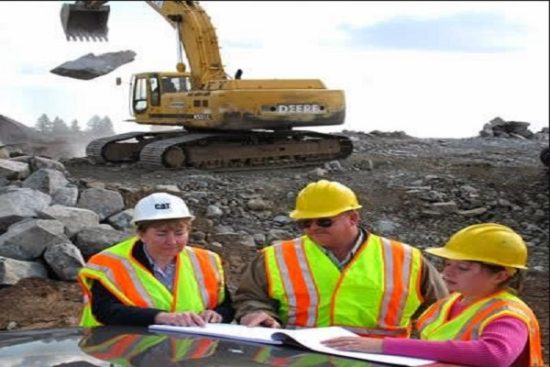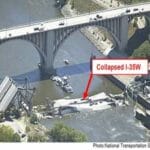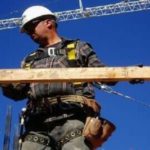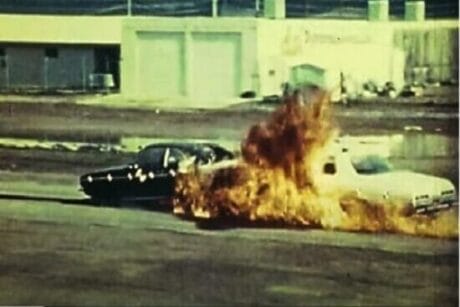No products in the cart.
4.6
- Course No E – 1742
- PDH Units: 2
Course No E - 1742
PDH Units: 2
4.6
- Course No E – 1742
- PDH Units: 2
Course No E - 1742
PDH Units: 2
Intended Audience: All Engineers.
PDH UNITS: 2
Negligence in the practice of professional engineering means the failure to behave with the standard of care that a professional engineer of ordinary prudence would have exercised under the same circumstances. The purpose of this course is to identify conditions under which, when an engineering failure has occurred, it can be attributed to negligence. Five causes of failure are proposed: negligence, rare failure mode, overlooked failure mode, new (previously unrecognized) failure mode, and incorrect assessment of a known risk. Negligence is the only cause that involves failing in an ethical duty. These concepts are illustrated with five case studies of failures ranging from gross negligence to absolutely unforeseeable events:
- The Great Boston Molasses Flood of 1919, for which a new possible cause was identified 95 years later (2014);
- A building collapse in Bangladesh in which over 1,000 people died—one of the worst structural engineering disasters in history;
- A meteorite strike of a private residence;
- The crash of the British-French Concorde supersonic airliner, caused by an unlikely tire blow-out; and
- Radiation overdoses received by patients treated by the Thorac-25 medical linear accelerator, caused by errors in the software controlling the machine.
Learning Objectives:
At the successful conclusion of this course, you’ll be able to identify and discuss:- Definition of negligence and standard of care
- Relation of safety and risk
- Knightian uncertainty
- Retrospective fallacy in accident investigations
- Myth of perfect engineering practice in accident investigations
- Uses and misuses of the results of failure investigations
- Negative effects of punishment on learning from accidents
- General causes of engineering failures
Course Reviews
4.6
4.6
7 ratings - 5 stars4
- 4 stars3
- 3 stars0
- 2 stars0
- 1 stars0
Once completed, your order and certificate of completion will be available in your profile when you’re logged in to the site.









Good introduction on the subject of negligence in engineering failures
The case studies provided informative illustration of the types of engineering errors
A good overview of how to assess failures of a system/engineering design
Good course
This course helped to define how negligence can assessed after an accident, and considerations that may not be obvious in identifying whether negligence was present. I just wish there were a couple more case studies with more complex interactions of the different types of failure.
The course provides an interesting framework for determining whether a certain set of events or conditions does or doesn’t constitute negligence. Some of the historical background is interesting also.
This was a good course in that it discussed causes of failure other than negligence. The discussion of the other causes as well as the examples cited help clarify the definition of negligence vs. other causes.